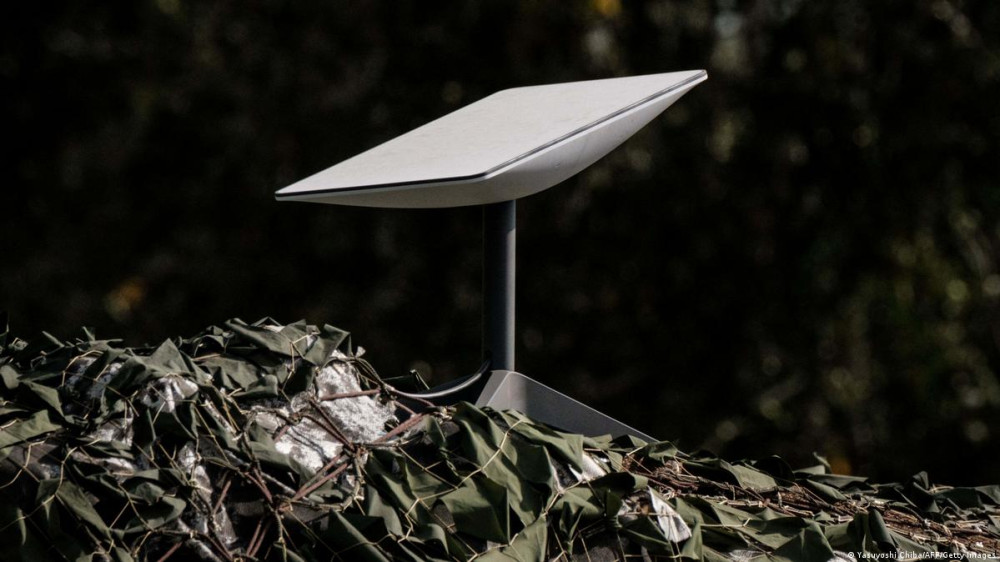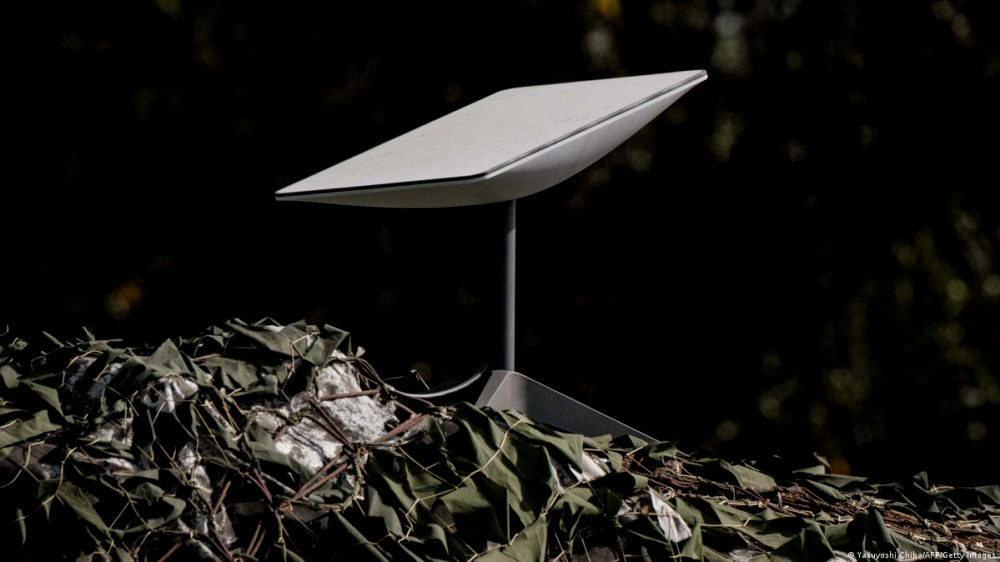The Starlink satellite system, developed by SpaceX, has proven insufficient for managing ground robotic complexes (GRC) on the Ukrainian front. According to Space.com, this is due to the inadequate data transmission speed.
In the past year, Ukraine has deployed thousands of GRCs for various tasks, including ammunition delivery and casualty evacuation. However, the Starlink terminals installed on these machines provide only around 10 Mbps, negatively impacting video stream quality and complicating remote control.
Vadim Burukin, CEO of the drone startup Huless, explained that for safe robot management, a video frame rate of at least 30 frames per second is required.
"If you want to move fast, you need a frame rate of at least 30 to effectively control the robot. With only 10 frames per second, there's a significant risk of ending up in a minefield or hitting a tree," he said.
Space.com also reports that according to sources linked to the Ukrainian Ministry of Defense, there are up to 200,000 Starlink terminals actively in use in Ukraine, making it the largest user of this technology in Europe. However, the high number of devices, especially on the front lines, leads to system overload and slows GRC movement to about 10 km/h.
Andriy Dovbenko, head of the Ukrainian Tech Exchange, noted that at this speed, it takes robots nearly two hours to cross a 20 km "grey zone," increasing the risk of being targeted by enemy FPV drones.
"That's quite slow for ground robotic complexes. Ideally, their speed should be at least 20 kilometers per hour," he emphasized.
Additionally, Starlink terminals frequently malfunction due to vibrations while traversing rough terrain. The signal is also hindered by weather conditions and obstacles like tree canopies.
To address these issues, Ukrainian engineers have developed drones that ascend to heights of up to 150 meters and carry signal repeaters. This enhances the communication range between GRCs and operators from several kilometers to over 40 km.
Alongside these technical solutions, Ukrainian developers are working on autonomous navigation systems based on artificial intelligence, which will reduce reliance on Starlink signal and improve resilience to radio interferences.
Despite the limitations, Starlink remains critically important for Ukraine. Dovbenko emphasized that the technology was not specifically designed for military purposes and has its limitations.
"Starlink has many applications in warfare, but it was not specifically designed as a military technology, so it has its limits. It would be great to have alternatives, but can we realistically create an alternative to Starlink on a large scale? Probably not," he concluded.
Recently, the Ukrainian company DevDroid developed a universal "operating system" called Droid Box for ground drones, which acts as the brain of the ground drone, responsible for communication, control, and integration of combat modules.



